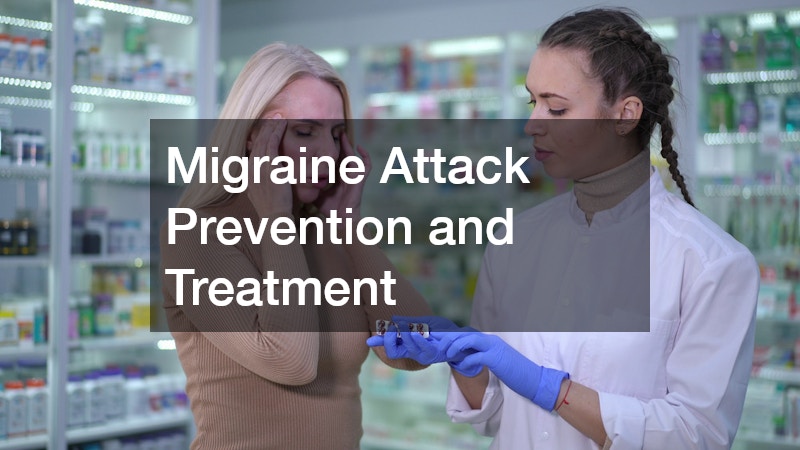If you’ve heard of lead, arsenic, or mercury poisoning, those are specific types of heavy metal poisoning. This condition is caused by overexposure to those harmful metals, and everyone can be susceptible to it, even children.
But our bodies naturally contain some heavy metal as well. Zinc, copper, and iron are heavy metals that we need to regularly function. But though they are essential, they’re also capable of poisoning us, if present in toxic amounts.
Heavy metals can be ingested in different ways, including consumption of contaminated food or drink, or through skin absorption. People who work at environments where a lot of heavy metals are used are most at risk.
The Most Common Toxic Metals

Arsenic, cadmium, lead, and mercury are among the most common heavy metals humans absorb in toxic amounts. They may be present in food, coated food containers, polluted air and water, lead-based substances, and industrial environments. Below are more in-depth information about each common heavy metal:
- Arsenic
Insecticides, pesticides, and herbicides may contain arsenic. Hazardous waste sites may harbor it, too. Symptoms of overexposure include headaches, dizziness, confusion, skin problems, gastroentritis, hemolysis, anemia, hypotension, and in some instances, a breath with a garlic-like odor.
If untreated, overexposure can lead to several complications such as brain damage and hemorrhages. They can be life-threatening, but that’s not even chronic arsenic poisoning yet. Chronic poisoning may occur two to eight weeks after exposure, with symptoms of weakness, muscle pain, fever, and chills. Hyperpigmentation and hardened patches on the skin may also be experienced, as well as white bands on the fingernails.
- Cadmium
Alloys from electroplating, batteries, vapor lamps, solder, and cigarette smoke contain cadmium. Fatigue, headache, nausea, vomiting, abdominal pains, diarrhea, and fever are signs of overexposure. Lung diseases like emphysema and pulmonary edema may also be contracted. In some cases, salivation, yellowing of the teeth, anemia, rapid heartbeat, and a bluish tinge on the skin are also experienced by overexposed individuals. When poisoned, the function of the kidneys, liver, and bones will be affected.
- Lead
Smelting sites, construction sites, batteries, paint, cosmetics, and dyes are some of the sources of lead humans ingest. Children overexposed to this metal may have symptoms that aren’t immediately noticeable until after three to six weeks of overexposure. If you notice that your kids have become lethargic, clumsy, and irritable, lead overexposure is the possible cause. More severe symptoms include lack of appetite, vomiting, abdominal pain, slurred speech, pale skin, and changes in the kidney function.
In adults, high blood pressure and reproductive organ damage may be experienced, in addition to the symptoms kids undergo. Life-threatening complications also occur if poisoning is left untreated.
- Mercury
Mining, production, and transporting facilities are common sources of mercury, as well as contaminated fish and water. Poisoning has similar symptoms to that of lead, coupled with respiratory issues, and behavioral and neurological changes. Some cases of chronic poisoning even result in a personality disorder called erethism or mad hatter syndrome. Meanwhile, many poisoned individuals experience visual impairments.
Treatment for Heavy Metal Poisoning
After undergoing a heavy metal toxicity test, you may be subjected to a variety of other tests such as kidney, liver, urine, fingernail, and hair analysis. An X-ray or electroardiogram may also be conducted. Once heavy metal exposure or poisoning is confirmed, treatment will be exercised depending on its severity.
Patients will be given medication through pills or injections, but the more effective and quick treatment is IV. With IV, the medication goes directly to the bloodstream, immediately targeting the root of the disease. Potent IV infusion therapy services are available in Salt Lake City and other locations.
Prevention Tips
Wearing protective clothing is a must when you work in industrial settings. And everyone, regardless of where they work, should be extra careful when buying products that may contain heavy metals. Pay attention to advisories concerning mercury levels in fish, and always keep your home and workplace clean.
Prevention is always a better option, so stay vigilant and conscious of your health. This way, you can prevent the development of certain diseases related to overexposure to heavy metals.





